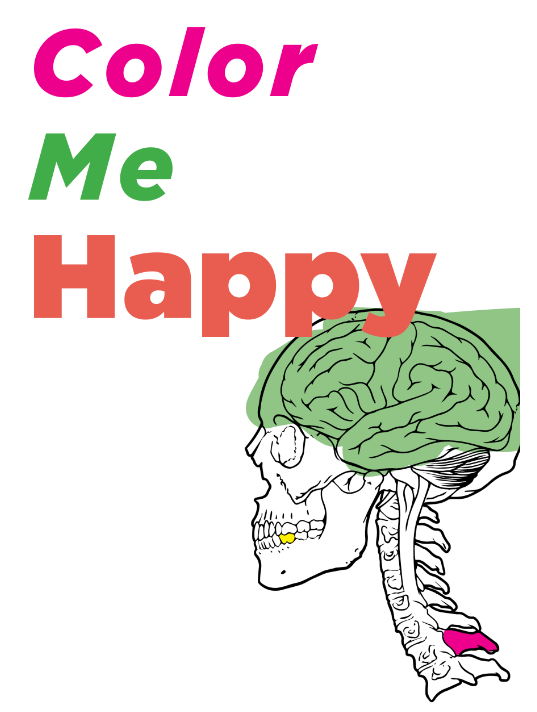
The Weise Gallery’s latest exhibit is a 45-foot interactive color wall. Express yourself, grab a marker from the pails and start coloring!
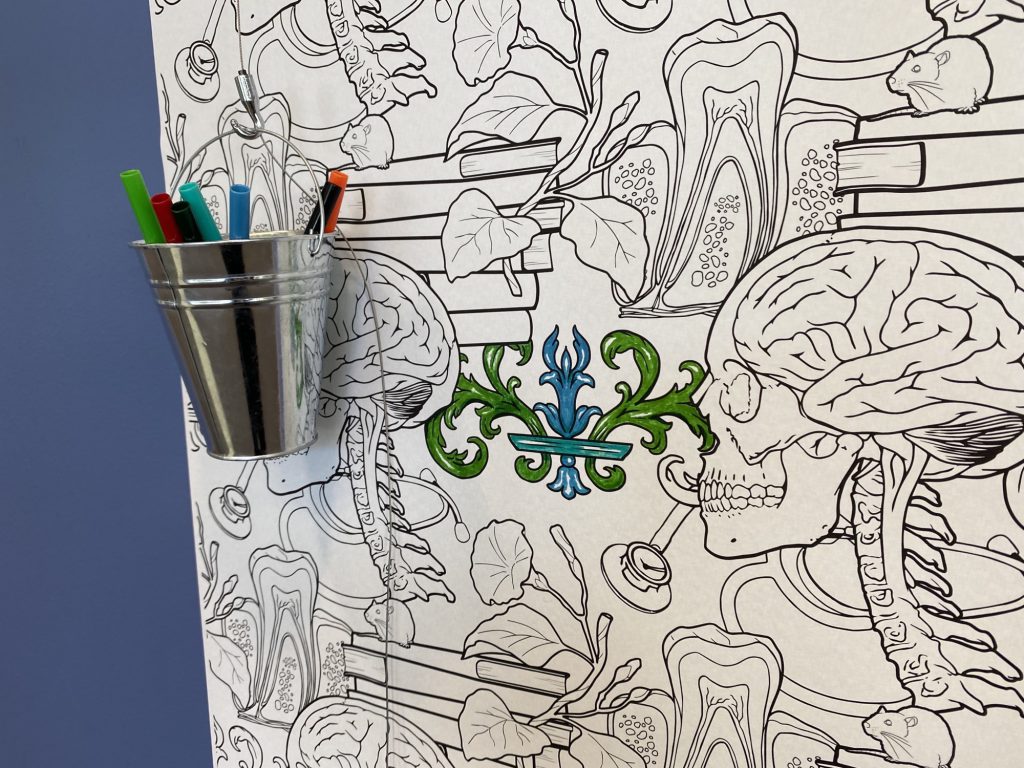

601 West Lombard Street
Baltimore MD 21201-1512
Reference: 410-706-7996
Circulation: 410-706-7928

The Weise Gallery’s latest exhibit is a 45-foot interactive color wall. Express yourself, grab a marker from the pails and start coloring!


The HSHSL is here for you. Don’t hesitate to ask for help at the Information Services desk; we’re happy to assist. You can also reach us by email at hshsl@umaryland.edu, telephone at 410-706-7995, or chat at https://answers.hshsl.umaryland.edu/.
Here is a top ten list of common questions with links to guide you to the answer or service.
Do you have a question that has not been addressed here? Contact us directly or check the Ask Us! database of questions – your answer may already be there!
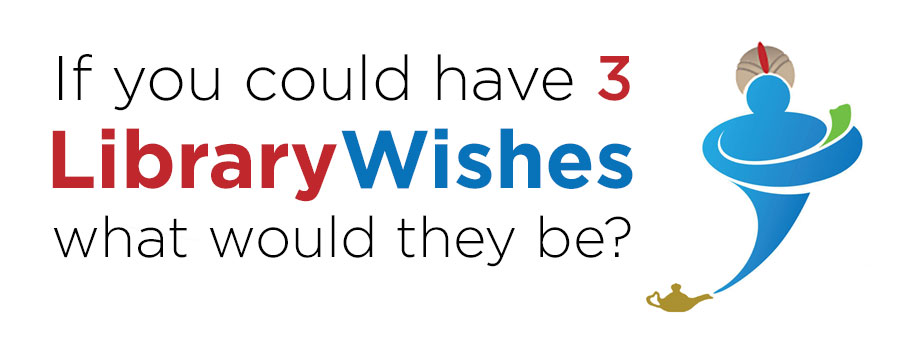
The Library Genie will be accepting wishes throughout the month of October.
Now is your chance to let us know. Submit your 3 wishes to the Library Genie today! Your wishes will be anonymous, but if you’d be willing to talk more with us about your wishes you can include your name and e-mail address.
Thanks for your input and happy wishing!
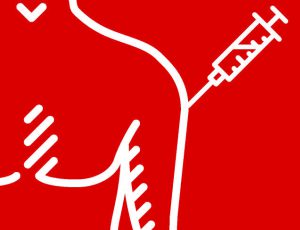 It’s time again for the HSHSL and School of Pharmacy Flu Clinic. As always, vaccines are by appointment only for UMB campus employees and students. The 1-day clinic will be held on Thursday, Oct. 20 from 9:00 am to 5:00 pm in the Weise Gallery on the first floor of the Library.
It’s time again for the HSHSL and School of Pharmacy Flu Clinic. As always, vaccines are by appointment only for UMB campus employees and students. The 1-day clinic will be held on Thursday, Oct. 20 from 9:00 am to 5:00 pm in the Weise Gallery on the first floor of the Library.
This year we have expanded our flu clinic offerings to include COVID-19 and Pneumonia vaccines. COVID-19 vaccinations will include first, second, and booster dosages. If signing up for a second dose of the COVID-19 vaccination or boosters please remember to bring your COVID-19 vaccination card. Also note that Pneumonia vaccinations may include a co-pay for most insurances. This requires early submission of your insurance information to Walgreens to calculate your co-pay. If you sign up for a Pneumonia vaccination, you will be contacted by vaccination day organizers for more information via email. Co-pays will only be accepted in cash. To ensure enough time for accurate co-pay calculation, registration for Pneumonia vaccines will stop on 10/14.
To schedule an appointment please click HERE. A mask, insurance card and a photo ID are required at the time of service. Patients have the opportunity to sign up for one or two vaccines, but more than two vaccinations cannot be provided in one appointment.
If you have any questions please contact Anna-Marie Epps, aepps@hshsl.umaryland.edu or Tara Wink, twink@hshsl.umaryland.edu.
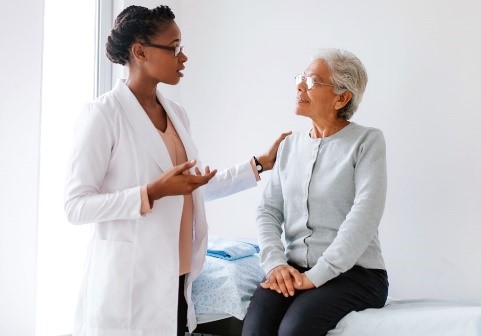
The HSHSL aims to educate health care providers and researchers about the importance of clear communication and to increase their overall health literacy awareness. October is Health Literacy Month. Did you know the library has resources & workshops to support health literacy? The HSHSL has a health literacy guide with resources for health care providers and patients. You can learn how to assess health literacy, write in plain language, write informed consent forms, and even how to convey numerical concepts to patients. The library also offers health literacy workshops throughout the year.

The HSHSL aims to educate health care providers and researchers about the importance of clear communication and to increase their overall health literacy awareness. October is Health Literacy Month.
Did you know the library has resources & workshops to support health literacy? The HSHSL has a health literacy guide with resources for health care providers and patients. You can learn how to assess health literacy, write in plain language, write informed consent forms, and even how to convey numerical concepts to patients. The library also offers health literacy workshops throughout the year.
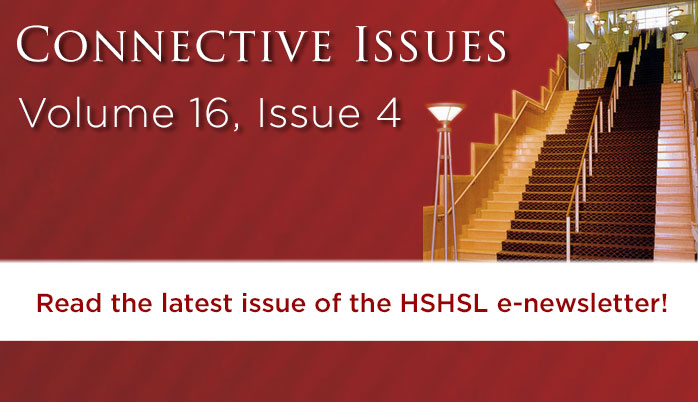
In this edition:

The Request Articles & Books Service will be unavailable Tuesday, September 27 due to system upgrades. Questions? Contact Resource Sharing at 410-706-3239 or email rs@hshsl.umaryland.edu.

Meet online with an HSHSL librarian to get help finding literature for your research papers, projects, grant applications and more. Consultations focus on using library databases and developing strategies to make your search more efficient and effective. http://bit.ly/HSHSLResearchConsult
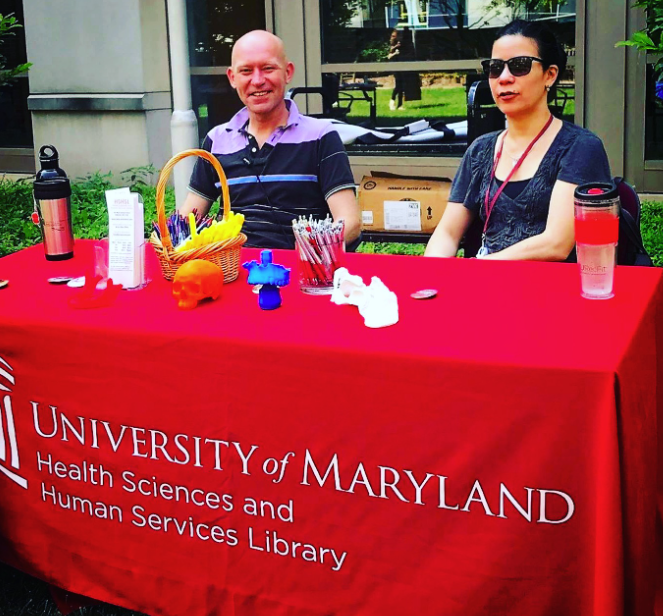
We’ll be at Fall Fest today on the School of Nursing lawn. Drop by for one of our famous highlighters or a pen and let us tell you about the HSHSL’s excellent resources, services, study areas, and subject expertise!